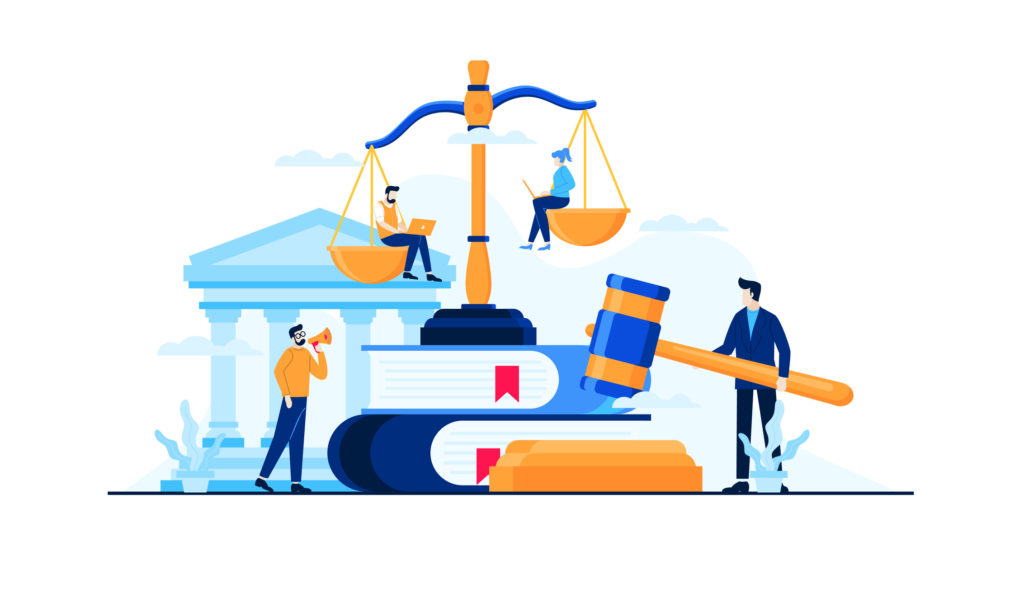As Canada’s economy reopens and talk of requiring vaccination proof heats up, it is essential to remember that security and privacy are paramount.
Proof of vaccination, sometimes called “vaccine passports,” may provide a tool for accelerating economic recovery, and the validity of these proofs requires a safe and secure relationship to an identity behind it. Solving digital ID challenges with priority in a meaningful way is the most impactful way to empower people, prevent fraud, and privacy breaches as Canadians return to attending school in person, going to concerts, travelling, eating indoors in restaurants and more.
We can no longer wait — it’s time for Canada to take leadership and get serious about solving digital identity or someone else outside of our country will.
As privacy commissioners across Canada have said, “Privacy should be front and centre as governments and businesses consider COVID-19 vaccine passports as a tool to help Canadians return to normal life.”
Data minimization must be the standard, where TWO things are essential for a secure and smooth transition to our digital economy:
1) only share the necessary information to prove a user’s identity, and
2) only share the data needed to fulfill the transaction at hand.
That’s why, for 10 years, the DIACC has built up the important digital ID sector as the trusted voice for driving the public and private sector development of a Pan-Canadian Trust Framework, industry standards, policy advisory, and proof of concept initiatives that support the establishment and adoption of a fully digital, and privacy-respecting country that benefits Canadians.
Canadians and businesses need clarity and leadership from governments on implementing a safe and secure digital ID so that society and the economy can reopen more safely. A cohesive public and private sector approach is needed. And governments must make solving digital identity, with privacy and security, a stated priority now. Our country cannot afford to address digital identity as siloed and individual projects. Canada needs to take the lead by establishing Canadian principled solutions that will work at home and export our values around the world.
Implementing a digital identity ecosystem now will allow for a more effective transition to secure Canada’s full and beneficial participation in the digital economy, whether it’s introducing digital vaccine proofs, receiving government benefits, updating an immigration status, entering the workforce and more.
As Canada’s trusted voice on digital ID, the DIACC’s 100-plus members from both the private and public sectors have the business, legal, technical and deep real-world experience to continue spearheading the establishment of a digital identity ecosystem that is designed to benefit people.
While technologies for creating digital proofs of identity and vaccination (passports) are here now, residents and businesses need provincial and federal governments to take leadership by establishing clear policy and guidance for usage to ensure that no Canadians are left behind.
If Canadian governments prioritize the establishment of digital ID that works for people, governments, and the economy, then vaccine proofs (passports) and myriad other uses can be implemented with security and privacy embedded by design.
Digital ID is not about surveillance, tracking Canadians’ online activity, or data collection. It’s about empowering Canadians with the choice to safely share their existing credentials (eg: passports, driver’s licenses, health cards, citizenship cards) for digital transactions.
With digital identity done right, a vaccine proof (passport) would allow Canadians to securely prove who they are, verify that they were vaccinated, and have a digital credential to use in any instance that requires it — all in a safe and secure way that does not divulge any other private health record.
Our digital future and economic recovery rests on getting digital ID right.
About the Author:
Joni Brennan is the President of the Digital ID & Authentication Council of Canada (DIACC) and builds on 15 plus years of experience in Digital Identity innovations and standards development. She helps DIACC to fulfill its vision of unlocking interoperability of public and private sector capabilities through the establishment of an identity trust framework that will grow Canada’s economy.
